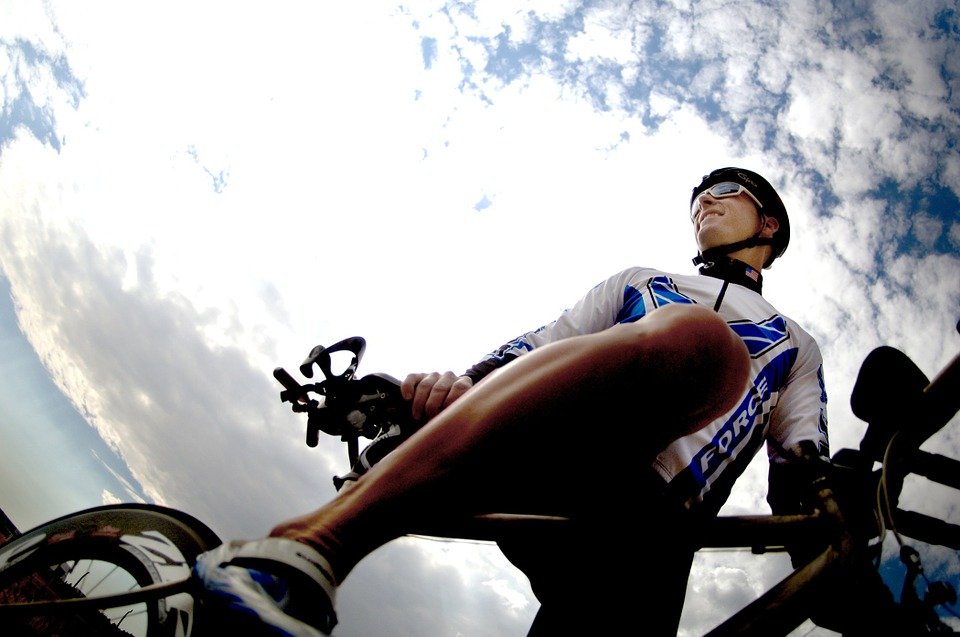
The contact between cyclist and bicycle takes place in five points: hands (both) on the handlebars, feet (both) on the pedals, pelvis on the saddle.
It is therefore clear that the muscles used by the cyclist are not only those of the lower part of the body. The set of abdominal, pectoral and back muscles is also very important. These are in fact these to give stability to the cyclist during the ride. Every cyclist should therefore train all the muscles of the body and not just those of the legs.
Each cycling discipline then imposes the use of muscles in a different way. Let’s see them in detail.
Road Cycling
The most tired muscles in road cycling are those of the back due to the aerodynamic position of the cyclists. Moreover, when the fast pace of pedaling, which continues for long distances, is interrupted, immediately lactic acid is produced. To avoid the accumulation of lactic acid and relax the muscles, the cyclists stand up on the pedals using even more energy.
Mountain Bike
The most tired muscles in mountain biking are those of the back, the arms and the abdomen due to the continuous displacements of weight on the front or rear wheel. In addition to this, the steep, but short climbs that the bikers usually face forces them to suddenly change the pedaling frequency. This affects the muscles of the thigh.
Bicycle Touring
The biggest challenges faced by cyclists are those related to the weight of the luggage they carry. Maintaining balance is an operation that fatigues the arms, neck and back. The continuous stops and restarts tire the muscles of the thigh, while the many hours in the saddle weigh on the pelvis.
